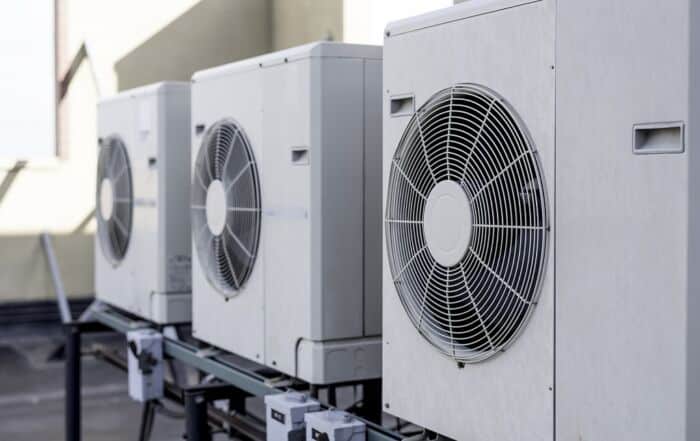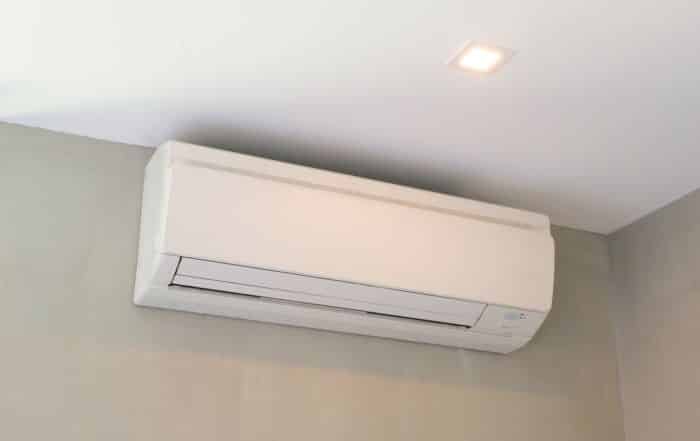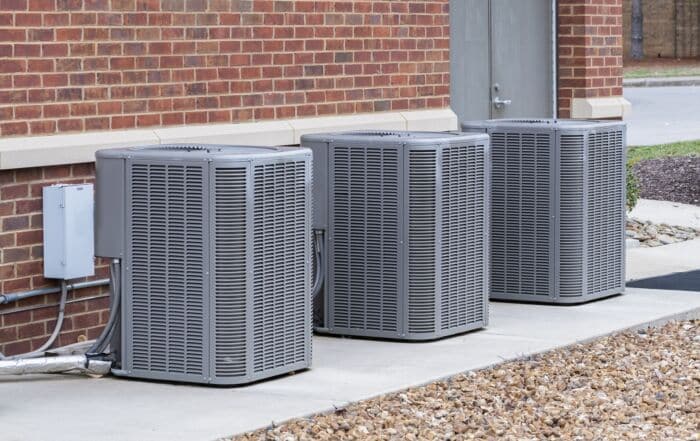Carbon monoxide is a colorless and odorless gas that can be deadly when inhaled. It is produced by incompletely burning fossil fuels, such as natural gas, propane, oil, and wood. While many people know of the dangers of carbon monoxide from cars, boats, and generators, fewer people know that their home furnace and HVAC system can also produce carbon monoxide if it is not maintained correctly. Checking your system for carbon monoxide issues today can help prevent heating system failures down the road.
One of the primary causes of carbon monoxide production in a home furnace and HVAC systems is the buildup of debris and soot in the system's burners and vents. Over time, this debris can block airflow to the burners, causing the fuel to burn incompletely and produce carbon monoxide.
Another common cause of carbon monoxide production in home heating systems is a malfunctioning or improperly installed venting system. When the venting system is not working correctly, it can allow carbon monoxide to escape into the home instead of being safely vented outside.
The symptoms of carbon monoxide poisoning are similar to the flu and can include headache, dizziness, weakness, nausea, vomiting, chest pain, and confusion. In severe cases, carbon monoxide poisoning can cause loss of consciousness and death.
To protect yourself and your family from the dangers of carbon monoxide, it is essential to maintain your home furnace and HVAC system regularly. This includes having the system professionally inspected and serviced annually and regularly cleaning or replacing the air filters.
If you suspect your home heating system produces carbon monoxide, you should immediately shut off the system and open the windows to ventilate the home. You should also evacuate the premises and call the fire department or a professional HVAC technician to inspect the system.
In addition to regular maintenance and inspection, you can take several other steps to protect yourself and your family from carbon monoxide poisoning. These include installing carbon monoxide detectors on every level of your home, in any bedroom, and in other areas where people may be sleeping. It is also vital to ensure that the detectors are adequately maintained and replaced according to the manufacturer's instructions.
Another critical step is never to use gas appliances, such as stoves, ovens, or grills, to heat your home. These appliances are not designed for this purpose and can produce carbon monoxide if not adequately ventilated.
If you are using a portable generator, it is essential to follow the manufacturer's instructions for the proper use and never to operate the generator indoors or in an enclosed space, such as a garage or shed.
In conclusion, carbon monoxide is a dangerous gas that can be produced by a home furnace and HVAC systems that are not properly maintained. To protect yourself and your family from the dangers of carbon monoxide poisoning, it is important to regularly maintain and inspect your home heating system. To ensure the safety and efficiency of your home heating system, we highly recommend contacting the professionals at Dallas Heating and Air Conditioning for a thorough inspection and any necessary repairs or maintenance. Don't wait until it's too late – contact Dallas Heating and Air Conditioning today and protect your family from the dangers of carbon monoxide.
Related Posts
Exploring Ductless Air Conditioning Systems for Small Spaces
If you’re a homeowner tired of sweating through sweltering summers, a ductless air conditioning [...]
Signs Your Air Conditioning Unit Needs Professional Maintenance
Imagine coming home on a sweltering summer day only to find that your air [...]
Common Misconceptions About Air Conditioning Usage and Costs
Air conditioning units are a staple in many homes, especially during the hot summer [...]


